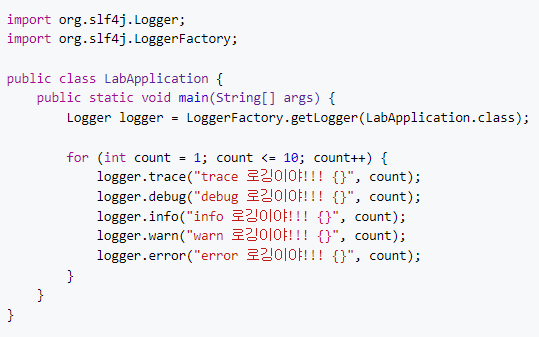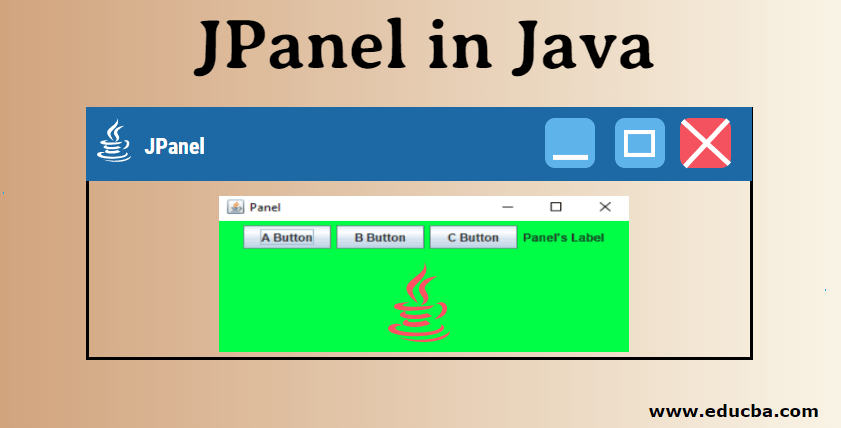

- Flowlayout java stackoverflow how to#
- Flowlayout java stackoverflow code#
- Flowlayout java stackoverflow free#
Here is an example of making a component's maximum size unlimited:ĬtMaximumSize(new Dimension(Integer.MAX_VALUE, Or you can create a subclass of the component that overrides the appropriate getter methods getMinimumSize, getPreferredSize, and getMaximumSize. You can invoke the component's methods for setting size hints setMinimumSize, setPreferredSize, and setMaximumSize. You can do this by specifying one or more of the minimum, preferred, and maximum sizes of the component. Sometimes you need to customize the size hints that a component provides to its container's layout manager, so that the component will be laid out well. You can find the component how-to pages using
Flowlayout java stackoverflow how to#
(For the curious: scroll panes happen to use a layout manager named ScrollPaneLayout.)įor information about how to add components to a specific container, see the how-to page for the container. Because of specialized API like this, you do not need to know which layout manager (if any) many Swing containers use. Scroll pane (or, actually, to its viewport), you either specify the component in the JScrollPane constructor or use setViewportView. For example, instead of adding a component directly to a Swing containers other than JPanel and content panes generally provide API that you should use instead of the add method. Many layout managers, however, simply place components based on the order they were added to their container. Some layout managers, such as GridBagLayout and SpringLayout, require elaborate setup procedures. The how-to section for each layout manager has details on what, if any, arguments you need to specify to the add method. Pane.add(aComponent, BorderLayout.PAGE_START)
Flowlayout java stackoverflow code#
For example, BorderLayout requires that you specify the area to which the component should be added (using one of the constants defined in BorderLayout) using code like this: In fact, some layout managers do not even require you to add the component explicitly for example, GroupLayout. When you add components to a panel or content pane, the arguments you specify to the add method depend on the layout manager that the panel or content pane is using. It also does not adjust well to differences between users and systems, such as different font sizes and One drawback of absolute positioning is that it does not adjust well when the top-level container is resized. With this strategy, called absolute positioning, you must specify the size and position of every component within that container. By setting a container's layout property to null, you make the container use no layout manager. For example:Ĭontainer contentPane = frame.getContentPane() Īlthough we strongly recommend that you use layout managers, you can perform layout without them. You can set a panel's layout manager using the JPanel constructor. Again, you should use an appropriate tool to do this, rather than coding the manager by hand. Any real application will need to reset the layout manager.


However, unless you are using JToolBar, the FlowLayout and BorderLayout managers are only useful for prototyping.
Flowlayout java stackoverflow free#
If you do not like the default layout manager that a panel or content pane uses, you are free to change it to a different one. Content panes use BorderLayout by default. Each JPanel object is initialized to use a FlowLayout, unless you specify differently when creating the JPanel. This section discusses some of the common tasks related to using layout managers:Īs a rule, the only containers whose layout managers you need to worry about areĬontent panes. If you are interested in using JavaFX to create your GUI, see Otherwise, if you want to code by hand and do not want to use GroupLayout, then GridBagLayout is recommended as the next most flexible and powerful layout manager.

If you are not interested in learning all the details of layout management, you might prefer to use the GroupLayout layout manager combined with a builder tool to lay out your GUI. Note: This lesson covers writing layout code by hand, which can be challenging.


 0 kommentar(er)
0 kommentar(er)
